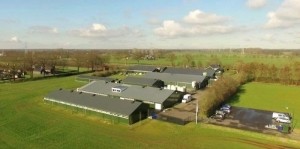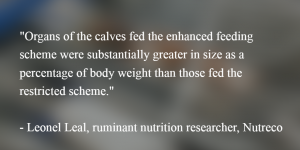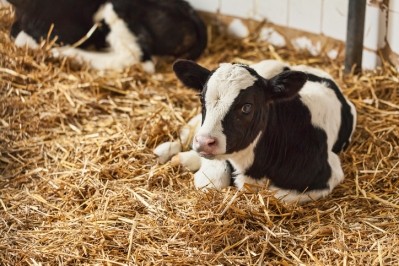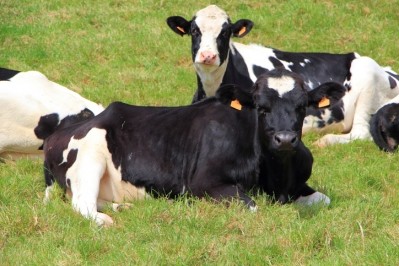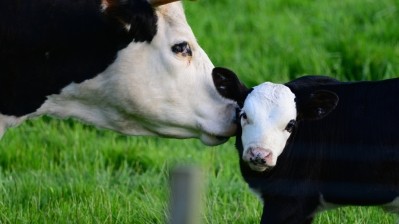Dairy calves: Nutreco tries to decode higher nutrient intake response
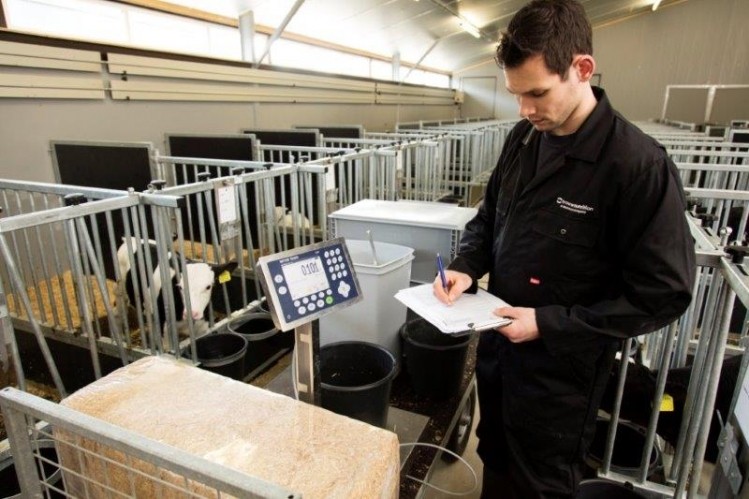
We caught up with Professor Leo den Hartog, director of R&D at the Dutch feed giant, following its calf nutrition symposium and the official opening of its new dairy and beef calf research facility in Boxmeer in the Netherlands earlier this month.
Epigenetics
He said Nutreco now wants to understand the signals – the form of epigenetic programming – realized by the greater nutrient intake response generated through elevated calf milk replacement feeding in the first two months of the dairy cow’s life.
There are opportunities to enhance the response once the team understands those factors, he said.
“We want to see if we have the optimal composition in terms of nutrient balance in our LifeStart feeding program,” said den Hartog.
Studies such as the research carried out by Soberon et al. (2012) have shown increasing nutrient supply through elevated calf milk replacer feeding from birth up until weaning results in an increase in milk yield during the first lactation ranging from 300 to 1300 kg compared with control calves.
But den Hartog said Nutreco now wants to explain in depth that productivity gain, to identify, through biomarkers, how the persistent metabolic changes created during the pre-weaning phase affect a dairy calf's lifetime performance. “We will examine which pathways are involved during lactation,” he said.
Organ development
It is thought that earlier organ development could explain these effects on milk production.
And in one project in relation to that, Leonal Leal, ruminant nutrition researcher at Nutreco, analyzed tissue from the harvested organs of 12 calves that had been fed either a restricted diet or one based on a higher plane of nutrition at Cornell University.
The restricted milk feeding scheme involved 33kg milk replacer in 54 days, the enhanced one meant 70 kg milk replacer in 54 days. In terms of the findings, Leal told us: "When the calves were harvested at 54 days of age, all organs including the liver, pancreas, kidneys and mammary glands of the calves fed the enhanced feeding scheme were substantially greater in size as a percentage of body weight than those fed the restricted scheme. In addition, nutrient restricted calves had severely impaired metabolism and development as seen through gene expression profiles in tissue from muscle, the pancreas, bone marrow, the liver, omental fat and mammary glands, compared to calves fed the enhanced milk feeding scheme."
What's in the beef?
The new Boxmeer research facility, continued den Hartog, includes the latest technologies in housing and feeding systems to monitor the health, growth and feeding behaviors of both dairy and beef calves.
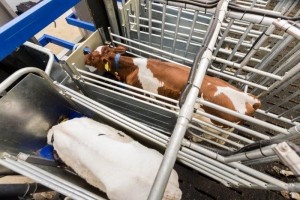
“The equipment we have at our disposal now enables us to look at a range of research topics from the influence of gut permeability in dairy calves to ways to better measure feed intake,” said the R&D director.
In beef research, the R&D director said the company is strengthening the NutriOpt program which includes near infrared (NIR) analysis, feed evaluation and models and services for beef nutrition.
“All concepts can be tested under local conditions in the validation centers we have set up in Latin America, China, Asia Pacific, the US and Europe. We have local people in place who know the culture, the language and, most importantly, the key production parameters of the region in question,” explained den Hartog.
Nutreco will also continue to collaborate with a number of research institutes globally in this field, he added.
